Living With Dysautonomia: March 2021 Update
Every day, sometimes multiple times a day, I receive messages from sweet and caring readers of our blog asking about my health. It means so much to us that our family is in your thoughts, but I feel awful when I can’t quickly reply to everyone. I hate the idea of anyone thinking I’m ignoring them when, really, I’m just not able to stay on top of it all. So, I decided that providing an occasional update here on the blog about all that’s happening would make it easier to let everyone know how I’m doing.
If you’re a new friend, or you’ve missed some of the previous posts where I’ve shared about what we’ve been going through over the past year, you might be wondering why is this home/DIY blogger talking about her health?
Valid question!
But truly, this blog is an online journal about our life and home. After what we’ve experienced, it has impacted every part of our life, as well as how we manage our home and little farm. We cannot separate the two because living with dysautonomia has become part of our family’s story.
Also, it has always been my promise to tell you the full story of our fixer-upper life, so I really couldn’t omit something so significant and be telling that story wholeheartedly.
And finally, if there’s a chance that sharing our story helps someone else, then it’s more than worth it. I’ll be honest, though–even though I blog and share about our life on social media every single day, we’re generally a pretty private family, overall. Opening up about these challenges isn’t easy for me, because it’s a very vulnerable topic for us.
We aren’t telling you this story in hindsight as something that happened once upon a time. The reality is, we are very much still in the middle of the battle, and we don’t really know how this is all going to play out. That makes it scary and emotional for us, so sharing it publicly is certainly not the easiest thing.
But again, if our story helps someone else through a similar struggle, I think it’s worth pushing the boundaries of my comfort zone.
That said–if you’re just here for the decor, homesteading, and fixer-upper journey, feel free to skip reading this post. Regular programming will resume as scheduled!
Now, let’s get on with it! Here are all the highlights from March–both in words, and photos.

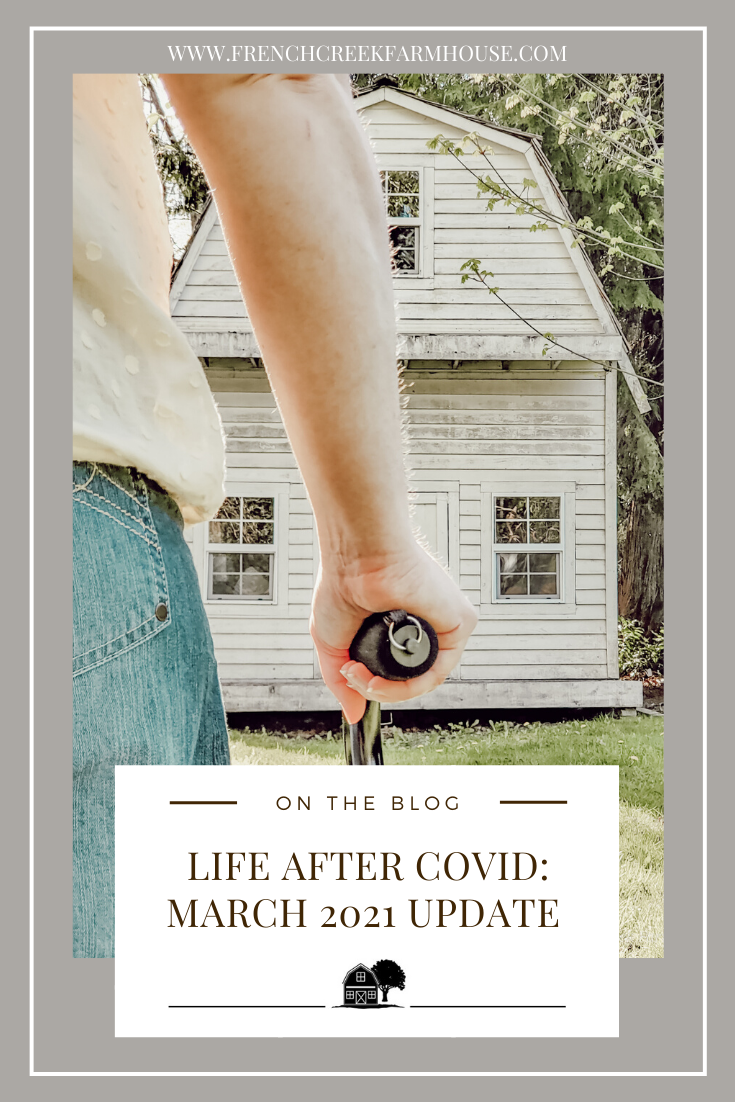
Disclosure: This is not a sponsored post, and I have received no compensation for sharing anything that follows. Some links within this blog may be affiliate links, and I might earn a commission if you make a purchase through that link. This usually amounts to cents, not dollars, and helps to support the projects featured on this blog. I only recommend products from companies that I have found to be trustworthy. Read my full disclosure here.
Additionally, what follows is a glimpse into our family’s personal experience with dysautonomia. Nothing shared here should be interpreted or used as medical advice. Due to the intimate nature of sharing our experience, we will certainly be omitting some details that are private, so you are only reading the part of any given story that we have decided to share. Please do not base any of your decisions on our experiences. Always consult your doctor about your personal health issues.
 |
| March ’21 Highlights: I really became hooked on decorating tiered trays over the past year while I haven’t been able to do a lot of larger scale decorating like I’ve done in the past. This was my St. Patrick’s Day tray this month. |
WHAT IS DYSAUTONOMIA?
Simply put, dysautonomia is a condition wherein the autonomic nervous system (ANS) does not function properly. There are over a dozen types of dysautonomia, so it is more like an umbrella term for a collection of syndromes.
The ANS is what controls all of the bodily functions that you don’t have to think about–like, your heartbeat, your veins constricting and moving blood through your body, your digestive system processing food, your sweat glands, tear production, etc, etc.
The cause of dysautonomia can be underlying and caused by another disease, in which case, once the underlying issue is resolved, the dysautonomia will also resolve.
It can also be either primary or secondary. Primary dysautonomia is either inherited or due to a degenerative neurological condition. Secondary dysautonomia occurs when the ANS is injured in some way. So far, science doesn’t have an agreed upon explanation for why this occurs, but there are many credible theories that researchers are continuing to explore.
That said, there is no cure for dysautonomia. There are some widely accepted treatment approaches, but these are aimed at improving a patient’s quality of life, not at making the dysautonomia go away.
 |
| March ’21 Highlights: I was able to add a big batch of items to our shop during March, and it felt great to be back to doing some of the things I enjoy…even if not on the same scale as before! |
HOW I ACQUIRED DYSAUTONOMIA
We may never exactly know the answer to this, but here’s what we do know.
In March 2020, we were both infected with COVID-19. You can read more about that experience here. After several weeks, Rob got better–I did not. By April, I was experiencing symptoms of dysautonomia, but we didn’t know what that was back then. We assumed that I was just taking a long time to recover, and that my body had been hit quite hard.
Remember, at this point in the pandemic timeline, doctors really didn’t know what they were dealing with. And, honestly, there is still so much that’s unknown about this virus and what it does to our bodies.
While we certainly weren’t ignoring my health struggles, we also had no idea what we were dealing with. Hospitals were completely overwhelmed, and our own family doctor told us that we should just treat the symptoms as best we could and wait it out. If things got really bad, we were instructed to go to the hospital.
By June, that’s where we ended up because I was having chest pains so severe we were sure I must have been having a heart attack, and I could not breathe without excruciating pain.
Today, we know that I’m one of the unlucky “longhaulers” (the nickname given to patients suffered from Long COVID. The type of dysautonomia I have is called POTS (Postural Orthostatic Tachycardia Syndrome).
If you want a 4-minute overview that’s REALLY well done, watch this video:
However, even knowing all of that, we still can’t be certain that COVID is how I acquired dysautonomia. The doctors have a few theories:
- For reasons science doesn’t yet understand, COVID is single-handedly causing all of the damage to my body and ANS;
- COVID was just the last straw that pushed my body into autonomic dysfuntion; or,
- I already had dysautonomia (without knowing it) and COVID simply made it exponentially worse.
We might never know the answers. Only time will tell.
 |
| March ’21 Highlights: This month was the first time I’ve really dipped my toe back into decorated for a holiday in a very long time. I shared my bunny pattern here on the blog, and we really enjoyed having all the spring decor around the house again–especially since we completely missed out on springtime last year! |
MARCH 2021 IMPROVEMENTS
March was the first month since this all started that we didn’t experience a trip to the hospital! Can we get a hallelujah for that?!
Truly, this was a remarkable milestone for us–physically and emotionally–but at the same time, it’s not enough to call a trend. As you’ll see in the next section, we did have some close calls, so it may have really been a matter of luck more than a sign of improvement.
Right now, we’re just hoping this streak of good luck continues. I’d love to see this become a sign of progress!
The other major milestone that happened in March was that I was able to walk, without assistance, for the first time since July 2020. Again–remarkable!
I should rewind a bit and explain why this is such a big deal.
Last summer, I couldn’t even get out of bed. I was advised to purchase a wheelchair, but I rejected it. Not out of vanity or anything like that, but simply because I didn’t like the idea of being dependent on the chair. I wanted to dig into rehab and be able to walk again.
We did (and often still do) use a wheelchair when we have to go see the doctor, and of course at the hospital. Walking any distance like that has just been too much, and medical professionals get really squeamish when their patients end up on the floor.
Sadly, I now know this from experience.
So then, I was told that I should…at minimum…get a walker. Again, I rejected it. I was honestly so afraid that learning to rely on a walker would take away the push inside me to try to walk. I was just so afraid of becoming complacent.
But I will admit that this bit of stubbornness on my part borders on stupidity because I have fallen several times, and a walker might have prevented those falls. Fortunately, I haven’t ever hit my head, but if that were to happen, it would not be a good thing.
My compromise has been using a cane–which certainly helps me stay upright for short distances most days. Although some days do still get bad, and then Rob has to help me. There are few things that will humble you as quickly as your husband helping you to the bathroom, folks. We all know these situations will happen to us someday, but no one expects it when you’re in the prime years of your life.
So, the day it happened that I was able to walk under my own power (St. Patrick’s Day, coincidentally), I was in tears. I texted my parents, my sister, my closest friends…I wanted everyone to know what had happened. So many people have been emotionally supporting our family over the past year, and I wanted them to finally hear a bit of good news for all the times they’ve had to share in our struggles.
I really can’t begin to put into words what it means to have your mobility impaired when you were an otherwise healthy, able-bodied person. Then to be able to walk on my own, without even a cane? It was HUGE. Those tears were a mix of emotions, and it was an amazing day.
I’ve been able to do it a couple more times since then, so it’s made me very hopeful that I will regain this ability with enough time and work.
 |
| March ’21 Highlights: Well, of course I had to go right from St. Patrick’s Day into decorating my tray for Easter, right? I’m telling you…I’m hooked! |
MARCH 2021 CHALLENGES
Given what a milestone month March was, I really hate to even acknowledge the challenges. But, at the same time, this is real life. This is what we’re really dealing with, and I don’t quite know how hiding the hard stuff helps.
I had two choking incidents in March. Difficulty swallowing is a common symptom of dysautonomia, so nothing about this is unusual. But it is scary when it happens.
It’s also the reason I need a constant caregiver right now. And thankfully, I have a very good one.
Tremors were also a significant issue for me during the first half of the month. At the very end of February, I had gone through some small fiber neuropathy testing with the specialist. During the testing, my body responded with severe tremors–truly, the worst it has ever been. I got a little scared that I was going to have a full on seizure because it was so bad.
They explained to me that it wasn’t unheard of for this kind of response in dysautonomia patients when the body is being overloaded like that, and they expected I would recover in a couple of days. Those were a rough few days, and the tremors stuck around for a couple of weeks into March.
 |
| March ’21 Highlights: I was very grateful that I got to spend a good chunk of time sitting here and writing during March. After spending so much time in bed for so long, it felt good to do something kind of “normal”. |
MY CURRENT SYMPTOMS
When I started putting together this list, it felt a bit overwhelming. I mean, wow, it’s a lot when you see it in list form.
I also think maybe it’s good that I wrote out this list because possibly, one of these days, I’ll be able to look back at this and recognize places where improvements have happened.
All of these symptoms are run of the mill for dysautonomia patients, so I’m certainly not special by any means, and there are patients who have it much worse than I do.
- Tachycardia
- Bradycardia (although this has become pretty rare lately)
- Heart palpitations
- Chest pain
- Shortness of breath
- Hypovolemia
- Low blood pressure
- Dizziness/lightheadedness
- Fainting/near-fainting
- Tinnitus
- Tremors
- Difficulty walking
- Muscle/Joint/Bone pain
- Brain fog/memory problems/confusion
- Difficulty speaking
- Blurred vision
- Dry or teary eyes
- Migraine headaches
- Sleeping problems
- Extreme fatigue
- Difficulty regulating body temperature/Heat and cold intolerance
- Difficulty swallowing
- Nausea and/or abdominal pain
- Heartburn
- Vomiting
- GI distress
- General weakness
- Over-sensitivity to smell/distorted sense of smell
- Loss of ability to smell/taste (comes and goes unpredictably)
 |
| March ’21 Highlights: I was able to complete all of our Q2 meal prepping activities this month. We added a counter-height stool in our kitchen to make it possible to do a little more. Although I’m nowhere near the level of what I used to be doing, this felt like a big milestone for me this month! (I also turned the activity into a blog post in April.) |
CURRENT TREATMENT APPROACHES
We are using a combination of pharmacological and non-pharmacological approaches for my treatment. Thankfully, I’m seeing one of the best doctors in the country to treat my dysautonomia, so we have the benefit of very specialized expertise.
It’s my goal to stop using the pharmacological approaches as soon as reasonably possible. For me, that would be the biggest indicator that we’re making progress.
In addition to medications, there are numerous lifestyle modifications for patients. I won’t take the time to list them all here, because they are already well-documented elsewhere. Here’s a high quality resource from Johns Hopkins for anyone interested.
I’m also engaged in a form of cardiac rehab commonly called “The Levine Protocol” (named for Dr. Levine who researched and put the plan together). I started this program last year, but then had a major set back for several months and have had to start over. The Children’s Hospital of Philadelphia put together a modified version of Dr. Levine’s method, which you can see here.
I wholeheartedly credit Dr. Levine’s research with changing my life. Before I started the program, I was completely bedridden. Most days, I couldn’t even sit up in bed. While there are still some of those days, I am (for the most part) able to sit up all day long, usually in a chair or on the sofa, and even stand for a minute or two at a time. That’s a major difference from where we started last year.
In February, I started an alternative treatment, as well. At this time, there is almost no scientific research to support it, and all of the evidence is anecdotal. However, I am 100% determined to get my life back, and I have no problem trying new or experimental things that have the possibility to help me, as long as my doctor is in support of it.
Since this treatment is still pretty new, and somewhat experimental, I’m not quite ready to share about it yet, but I do have to wonder if it might be the reason for such a huge month of improvements. I just hope it continues!
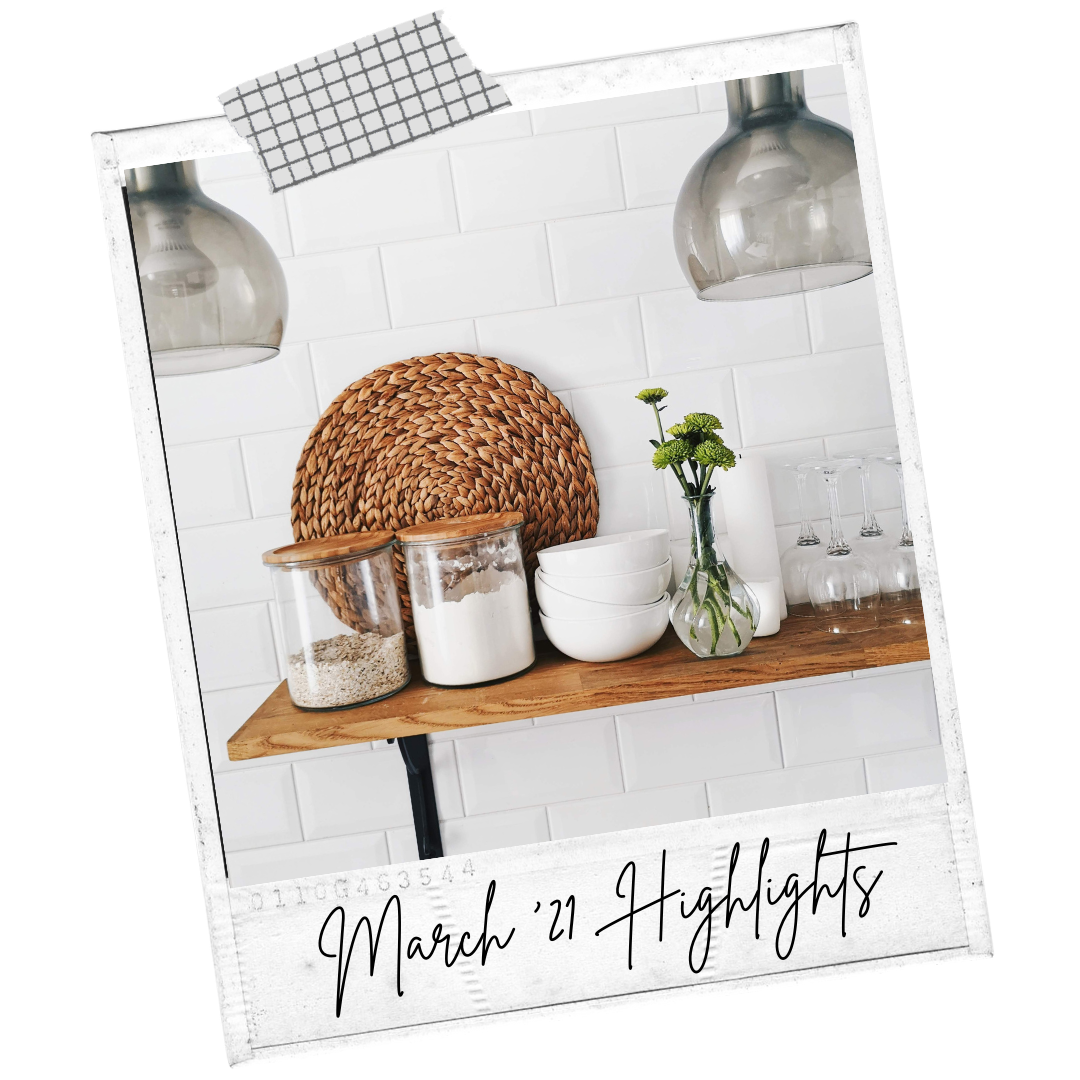 |
| March ’21 Highlights: I wrote and published my first significant piece of work this month–a printable spring cleaning guide with tips and checklists for inside, outside, and the garden. This was a big undertaking for me that took a lot of mental energy, so it was something we were really excited to put out into the world! |
RESEARCH I’VE READ THIS MONTH
Science is working hard to try to figure this thing out, and it seems like there’s something in the news almost every day lately. I really try to limit how much I read because it can become overwhelming to focus on too much of that. But, I figured I would share some of the interesting bits that I’ve found in case it helps anyone else.
O’Rourke, M. (2021). Unlocking the mysteries of Long COVID. The Atlantic.
Slisco, A. (2021). COVID-19 may “hide” in brains and cause relapses, study says. Newsweek.
Smith, C. (2021). Researchers might finally know why some people suffer from Long COVID. BGR Media.
 |
| March ’21 Highlights: Having spring decor around the house felt like a double celebration this season. We got to make up for what we missed last year while we were sick, and we got to celebrate some steps in the right direction. This view was also the backdrop during some of my tele-health appointments this month, and everyone loved the bunny that would join in for our meetings! |
LOOKING AHEAD
It’s hard to believe that it’s been a full year since we got sick and our lives changed in all of these huge ways. At the same time, I’ve been feeling quite optimistic lately that some of the small changes we saw in March could possibly be the beginning of a new trajectory.
While it’s still too soon to say that, and I just literally knocked on my wood table while typing it, hope is the thing that keeps us going. I really do think that hope has to be nourished, and maybe by sharing our progress with you, it will help us to keep cultivating positivity along this journey.
Thank you so much for following along with us and gifting us with your friendship, kindness, and love. You’ll never know what it means to our family.
You can see past posts about our COVID journey here:


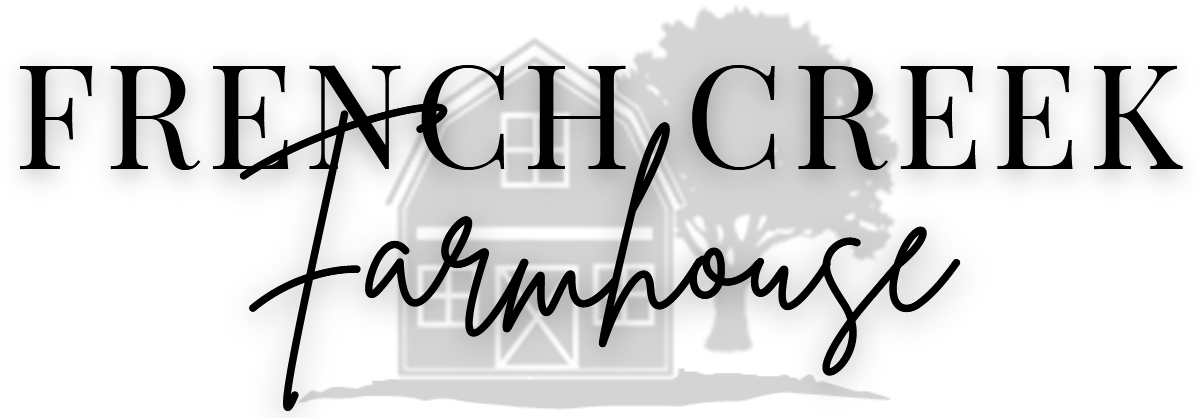
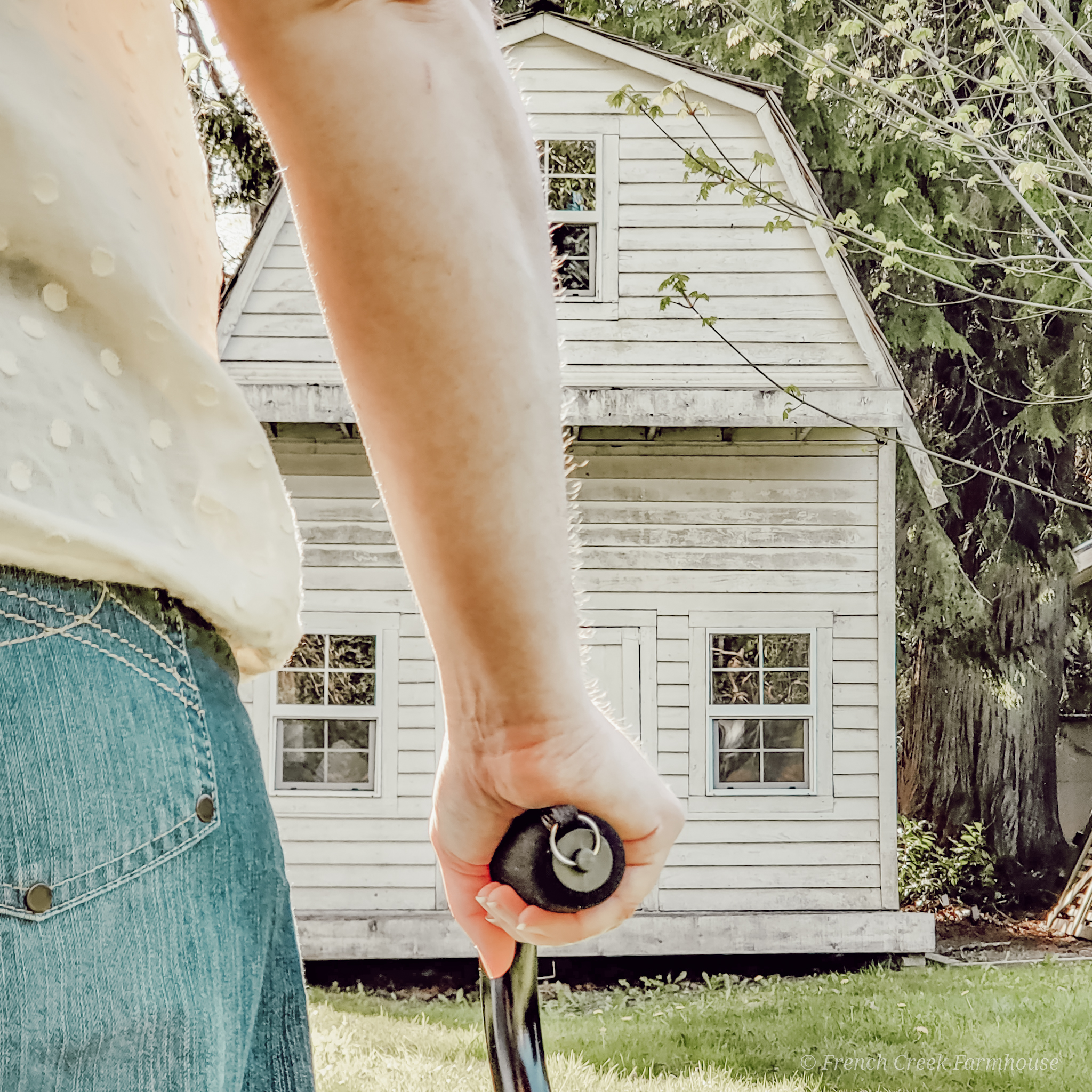

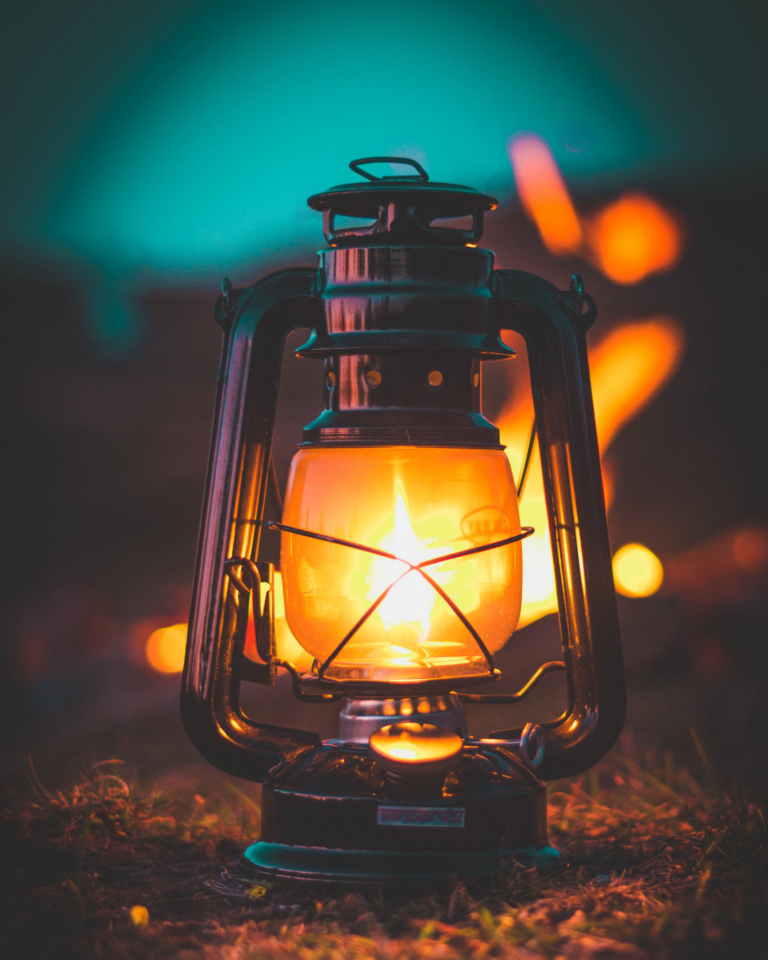
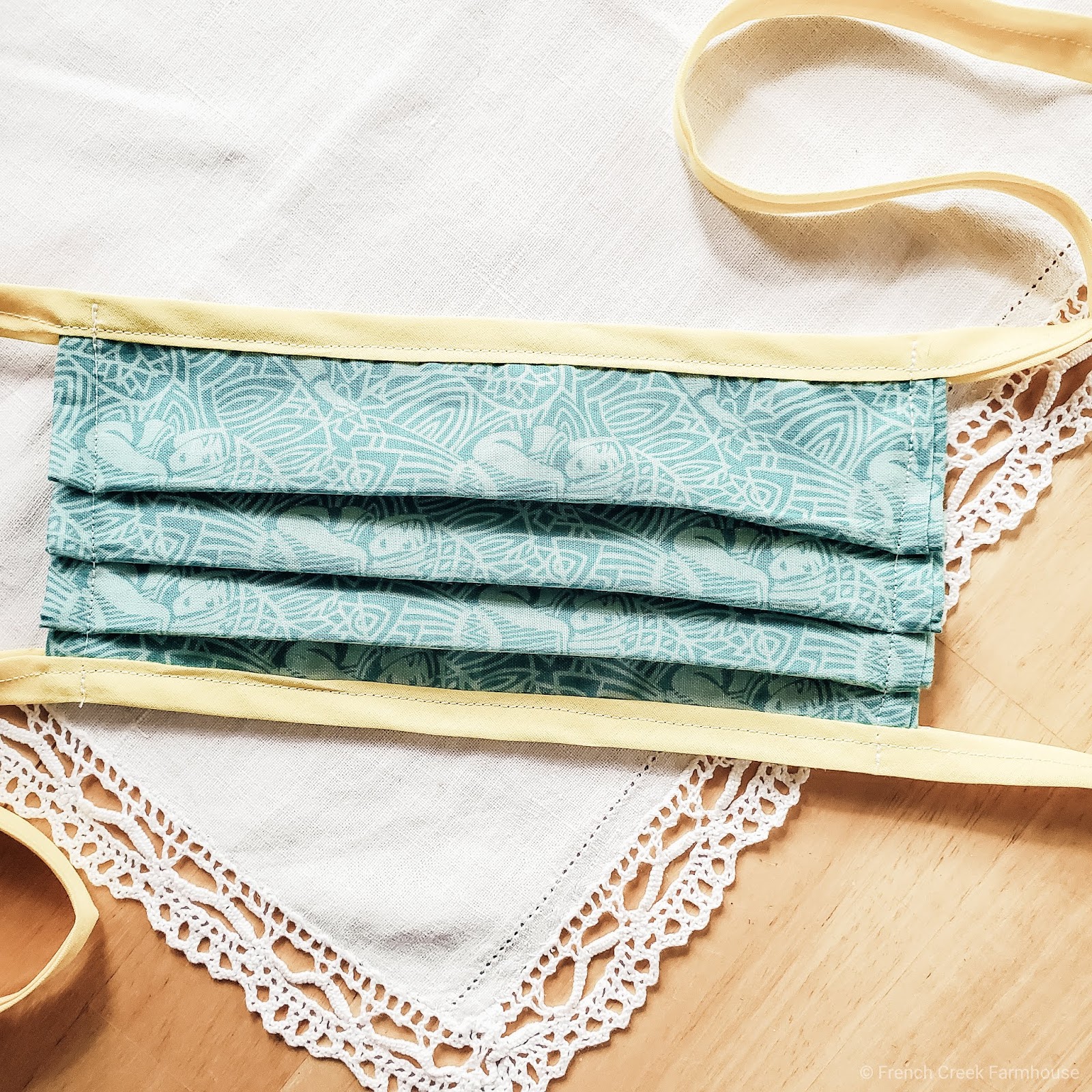



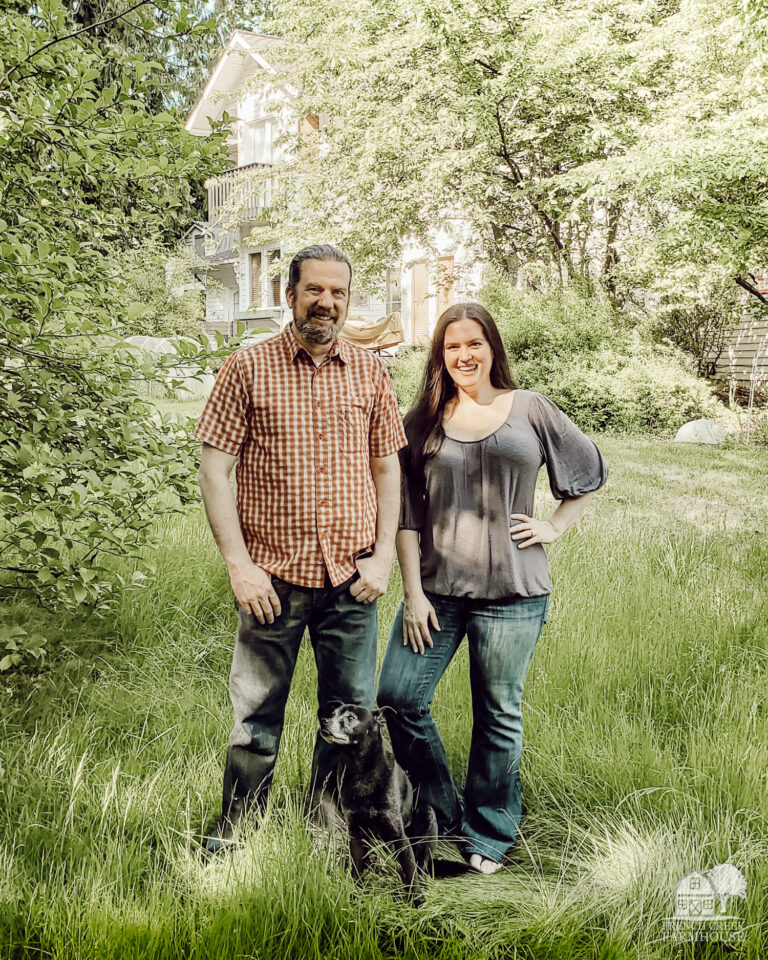
I am so sorry that you have to be going thorough this. Prayers are being said to help you in your journey and that you find some treatment that improves your life!!!
Thank you for sharing your story. Continued prayers for healing, strength, and more answers. God bless
my goodness, you have been through so much this past year, I am so sorry! I am praying for you and your team of doctors that they are able to find a treatment plan that works for you so you will be free of pain. Sending you love!
Oh Kristi, I am so sorry to hear that you have been going through all of this. Sending prayers that your team of doctors will be able to find the answer for your body to get stronger and for you to heal and continue to recover.
I am so sorry you have been going through this. I have a autoimmune disease Complex Regional Pain Syndrome. I have had to make the hard decision to start using a walker about 6 months ago, I am thankful that I did because I walk much straighter and better with it, can do so much more with it, so never feel bad about a walker.
Kristi, this must so hard for you, I'm so sorry you have to endure all of this. I hope your team of doctors are able to continue to help you. Best,
Kristi,
Thank you for sharing. My daughter-in-law has been fighting POTS for several years. Her symptoms have improved but it is a constant battle. She can no longer work or drive. Some days she functions fine, other days not so much. She has learned she can accomplish a few chores daily. If she over does it she will experience symptoms. She looks completely healthy which makes some people accuse her of being lazy or a hypochondriac. Far from it. She has applied for disability 5 times and has been denied. At one hearing the doctor on the board told them she was unhireable but she was still refused. This type of information needs to get out there so more people are aware of this syndrome. My prayers are with you.
Having had a sister with ALS and a brother with Parkinson's I have some idea of what you are going through but had no idea that it could occur as a result of COVID. So glad it seems as if you are improving. Be strong!
Thank you for sharing your story. My husband is struggling with agrammatic aphasa — another disease with no known cause and no known cure so I can relate to the setbacks and joyous celebrations for small gains. May your gains continue to accumulate!!!
I'm so sorry that you are going through this. I pray that you will completely healed.
Kristi, such sad news to hear about your health problems. I pray the doctors can find a treatment to help you heal and get back to your normal life once again. Prayers and healing thought as you continue to fight this battle.